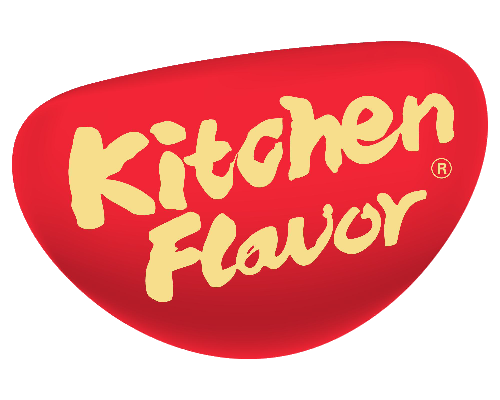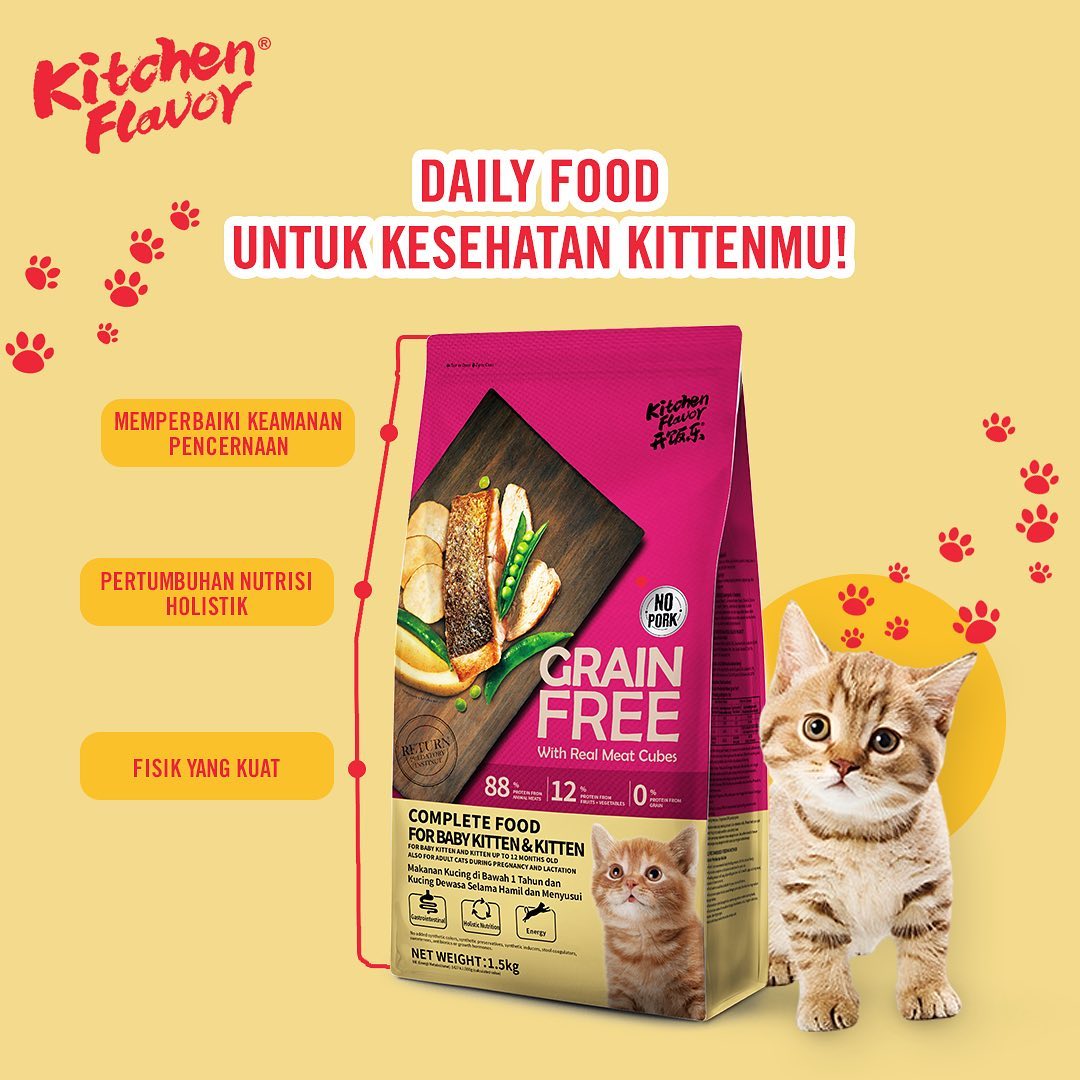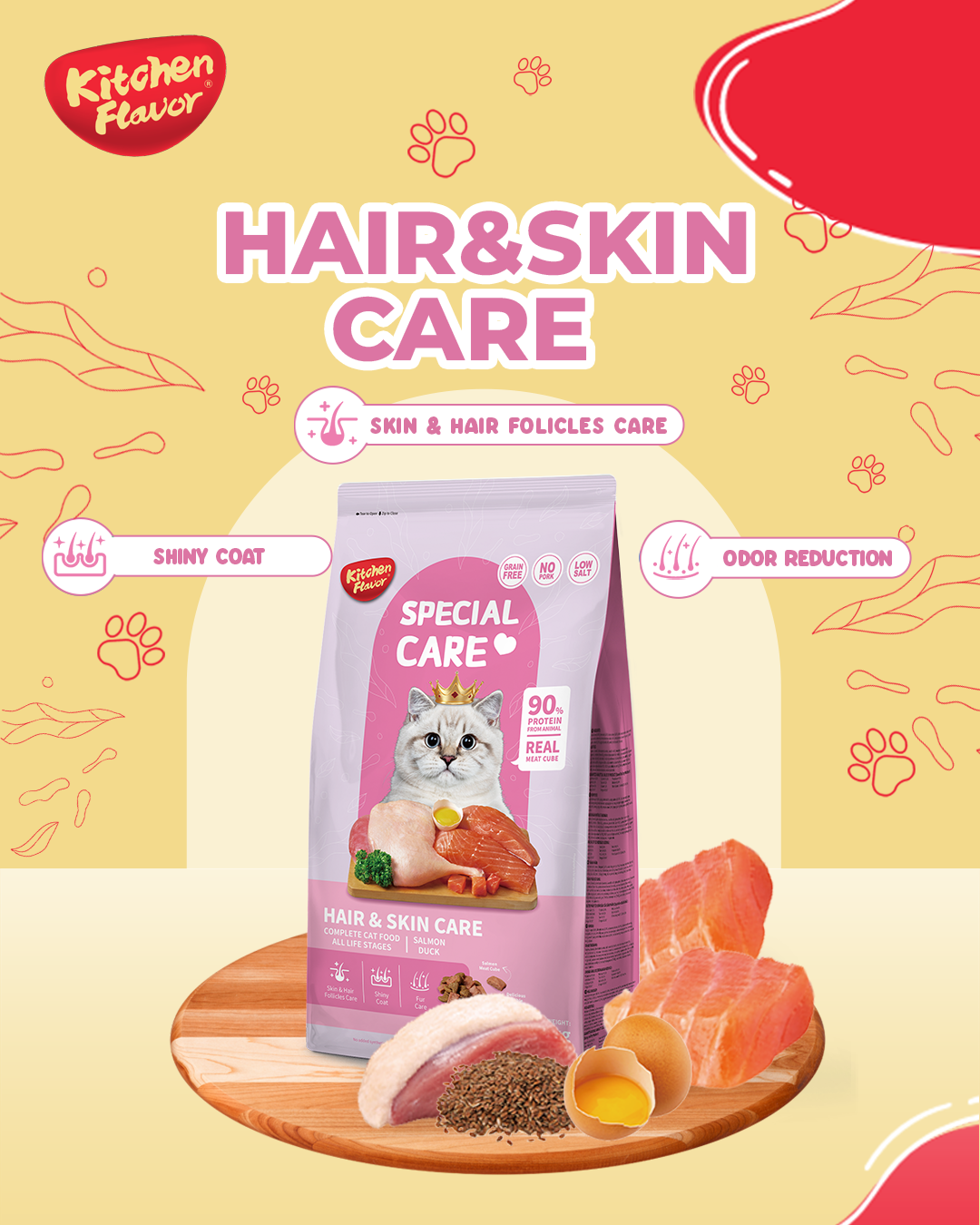Protein is a powerhouse nutrient—and many pet foods proudly advertise high-protein formulas. But is more always better? While protein is essential for your pet’s health, the amount and source of protein matter more than the buzz on the label.
Why Pets Need Protein
Protein plays a vital role in muscle development, tissue repair, immune function, and energy. Dogs and cats are natural carnivores, so protein is a key part of their diet. But just like humans, pets need a balanced intake—too little can lead to weakness, while too much might not always be beneficial.
Benefits of a High-Protein Diet
Pets with active lifestyles—such as working dogs, sporting breeds, or highly energetic cats—may thrive on high-protein diets. These foods help maintain lean muscle mass, promote faster recovery after exercise, and may keep pets feeling fuller between meals.
When High-Protein Isn't the Best Fit
For senior pets or those with kidney issues, excess protein can put stress on the kidneys or worsen existing health conditions. Additionally, some overweight or less-active pets may not need as much protein and may benefit more from a balanced, calorie-controlled diet.
Quality Over Quantity
Not all proteins are created equal. Look for real meat (like chicken, turkey, or fish) listed as the first ingredient—rather than vague terms like “meat meal” or “animal by-products.” Plant-based proteins (like peas or soy) are often added to cut costs but may not offer the same amino acid profile pets need.
How Much Protein Is Too Much?
There’s no universal answer. For dogs, the minimum recommended by AAFCO is 18% (adult) to 22% (puppy) crude protein. Cats require more—around 26–30%. High-protein diets often exceed 30–40%, which can be fine if your pet is healthy and active. But always check with your vet, especially for pets with pre-existing conditions.
Understanding the Labels
Pet food labels can be confusing. “High-protein” isn’t a regulated claim—so compare actual percentages and ingredient sources. Don't be swayed by marketing; look for transparency and proven nutrition.
Conclusion
High-protein pet food can offer real benefits, especially for young, active, or athletic pets. But it's not ideal for every animal. The key is balance, ingredient quality, and matching your pet’s individual health needs and lifestyle.
That’s why choosing the right formula matters. Kitchen Flavor Beauty for cats provides up to 32% protein — a great option for energetic felines who need support for muscle development, healthy skin, and a shiny coat. For dogs, Kitchen Flavor Salmon Beauty delivers 28% protein, making it ideal for active pups who benefit from high-quality nutrition to maintain strength and vitality. Both formulas are not only protein-rich, but also crafted with carefully selected ingredients to help your pet look good and feel even better.
For pets that thrive on a high-protein diet, Kitchen Flavor Hi!Meat is a great choice. Formulated with a high content of animal-based protein, it’s designed to support muscle strength, energy, and overall vitality — especially for young, active dogs and cats. Whether it’s tender meat chunks or rich, meaty kibbles, Hi!Meat offers not just flavor, but real nutritional power. It’s a protein-packed option that helps fuel your pet’s daily adventures while supporting their health from the inside out.








